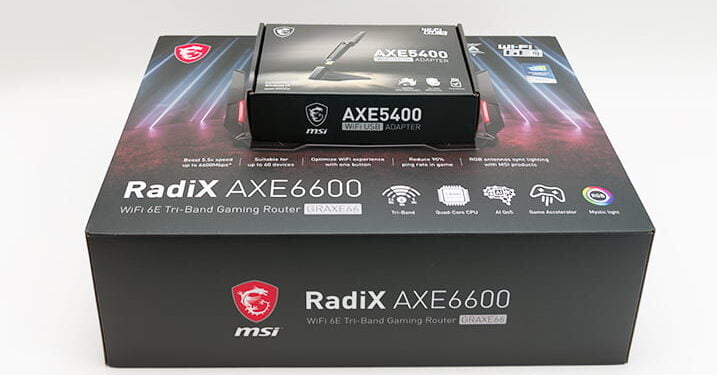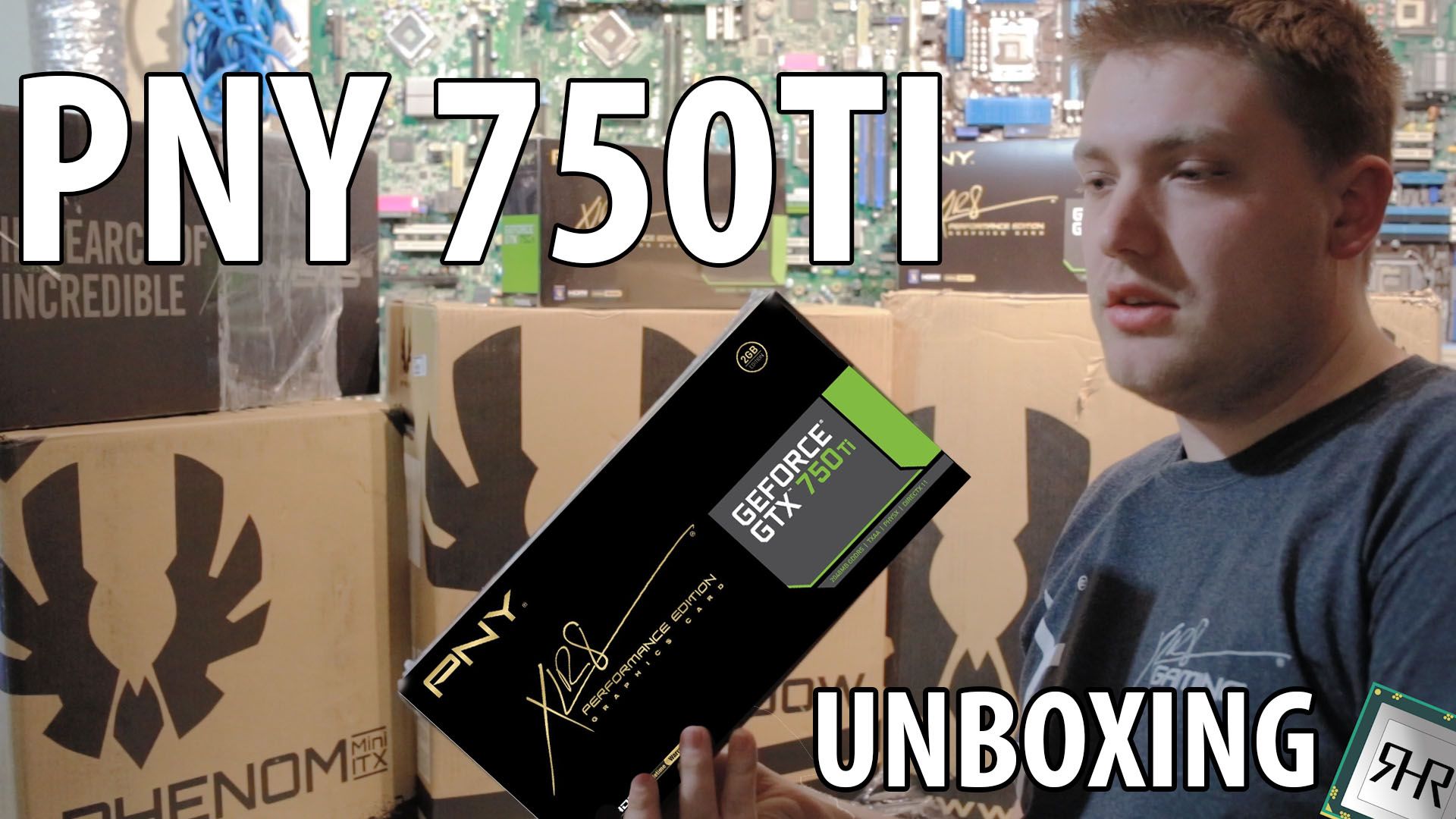Over the years we have seen (what was originally called) Wireless Ethernet develop from the red-headed stepchild of the networking world… into the helmet wearing short-bus riding young’un. Thankfully, the Wi-Fi Alliance kept at it and it has developed into a serious – and necessary – addition to any home, SOHO, or business network. Yes, at first the fast development pace of WiFi was indeed met with derision, scorn and serious questions over the parentage of those involved in said standard… but over the years it has slowly (but surely) evolved into the networking interface of choice for many, arguably most, ‘average joe’ computer users. It has done so because has quickly adapted to the wants needs and desires of its users. Compare and contrast that to the guardians of the (wired) Ethernet standard and the contrast is stark, decisive and obvious even to the most computer unsavvy of consumers.
Much like the “secret” to WiFi itself, the secret to winning the hearts and minds of wireless networking hardware buyers is not difficult. Just give them everything they want, need, desire and do so in as easy to setup a package as possible. Sounds simple, but is anything but. Home buyers want all that and want it all at a reasonable asking price (and sometimes a pony/unicorn too). However, MSI are quickly becoming the undisputed masters at doing just that. So much so that the Radix AXE660 and the USB based AXE5400 are two excellent examples of what is possible when you let experts host a master class in consumer satisfaction. The handy dandy ACE5400 and its single port extension cable/docking port is an uber user-friendly enhancement aide. It is pretty much perfect for satisfying both cutting edge wireless networking enthusiasts and buyers who may not know much about networking but want to ‘future proof’ their network… without breaking the bank.
Put simply, the combination of surprisingly peppy performance combined with its surprisingly long-range abilities (for its class) is a winning one. The same is true of the bigboi Radix AXE6600 router. Its combination of Pimp My Ride bling (that can be turned off if you are more conservative in nature) with equally good performance, and as reasonable an asking price as you will find, is also a winning one. It is a 1-2-3 combination that places it right up there with the best value consumer routers going.
Now with all that said. Neither device is perfect. In many ways the USB AXE5400 is the closest, but there is room for improvement and these rough spots / edges may annoy some. For example, we would have loved to have seen the AXE5400 come equipped with the RTL RTL8852CE variant and not the 32CU. This would have indeed upped the build cost by a few dollars but in turn would have allowed it to offer both excellent (for a USB device) WiFi 6E abilities and BlueTooth 5.3. All they needed do is ask EdiMAX for the better Realtek chip. Since they did not this is a missed opportunity, but hopefully is only a short-term issue with an even faster model in the development pipe just waiting to be released.
The same is true of the Radix AXE600 router. Make no mistake it too is an excellent router. It just has a few known niggles that should have been worked out before release. For example, the WAN port is multi-gig (2.5/1/.1). Just as it should be. Sadly, that multi-gig port is then paired with 1GbE LAN ports. Thus, negating most of the benefits of what having a more expensive 2.5GbE WAN port offers in the first place. Furthermore, it eliminates an easy upgrade path for home users who do have 2.5GbE NICs in their new(er) MSI motherboard-based PCs. The same is true of the network upgrade path it has to offer. These unnecessary bottlenecks are a major misstep by MSI and they may want to think long and hard about a new RFQ to EdiMAX. One that either steps back down a notch and nukes the lone 2.5GbE port in favor of a cheaper 1GbE port (and thus a lower MSRP)… or one that swaps the QUALCOMM Networking Pro 810 platform for Qualcomm’s Networking Pro 820 package. A change that will not cost all that much more than what EdiMAX is asking for the older 810 package; would not thermally limit thanks to that impressive internal heatsink design; would allow the next Radix router to be both WiFi 7 compliant and offer buyers a 10GbE WAN port in addition to a 4×2.5GbE switch. All of which would allow the MSRP to be raised without impacting the overall value equation all that much.
These however are all nitpicks and fully reflect the fact that we do not run consumer grade networking hardware. For buyers who are looking for relatively inexpensive, relatively powerful and above all else easy to setup and use networking appliances this one-two combination of MSI is fantastic. MSI just has a bit of room for improvement if they want to become a leader of this market like they are in other market niches. Either way, these are two pieces of consumer networking gear that demand to be on your short list for further purchase consideration. Doing otherwise will mean you are overlooking two excellent overall value offerings from a company known for above and beyond customer service.
Final Score (Radix AXE6600): 82 out of 100

Final Score (AXE5400 USB Adapter): 90 out of 100

The Review
MSI Radix AXE6600 & AXE5400 USB Adapter
In closing, Wi-Fi's journey from obscurity to indispensability mirrors the impressive evolution of MSI's Radix AXE660 and USB AXE5400 routers. While they're not flawless, their blend of performance, ease of use, and affordability makes them standout choices in the market. With room for improvement, MSI remains a strong contender in the networking arena, offering reliable solutions backed by exceptional customer service. Consider MSI for your networking needs; they're investments in quality and innovation.











